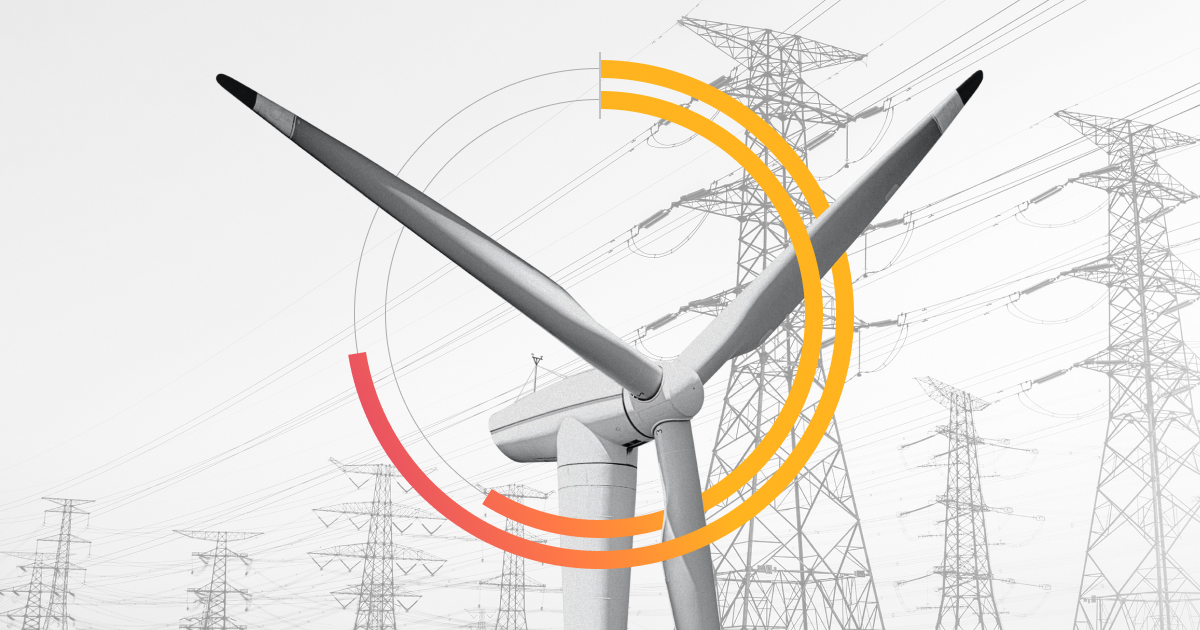In 2020, supply chain disruptions in Asia sparked a sudden, severe shortage of semiconductors, with serious repercussions for the auto industry. Without chips, companies like Ford and GM were forced to stall manufacturing and sales, even as consumer demand remained high. The auto industry lost production of more than 9 million vehicles in 2021 alone, while revenue losses climbed to the tens of billions.
The chip shortage was a wake-up call. It drove home the growing importance of supply chain risk in investment strategies. In an era of severe climate events, geopolitical turbulence, data breaches, and other threats, a hedge fund’s ability to pinpoint supply chain vulnerabilities and predict disruptions has become critical.
In this article, we’ll discuss why supply chain risk is a core investment factor—and what hedge funds are doing to respond.
How Supply Chain Risk Impacts Hedge Fund Performance
Global disruptions can affect portfolio performance.
Today, the complex, interconnected supply chains that emerged from globalization are vulnerable. Single points of failure and geographic concentration have created weak spots, as evidenced by recent shocks like COVID-19, climate events, geopolitical conflict, and trade wars. These exposures can affect hedge funds in several ways:
1. Portfolio Performance
Supply chain disruptions like port strikes, factory shutdowns, and shipping delays can cause companies to miss revenue targets, directly affecting equity valuations. Rising costs for inputs like energy and raw materials can reduce profitability, hurting those in long positions. A single bottleneck, like the semiconductor shortage, can ripple across different industries, hurting multiple portfolio holdings.
2. Market Volatility
Supply risks can rapidly redistribute value, creating opportunities for hedge funds as new winners and losers emerge. Events like the 2021 Suez Canal blockage, which interfered with the transport of an estimated $9M USD in goods per day, create abrupt price moves that can hurt unhedged positions, or conversely, provide trading opportunities for funds that are nimble.
3. Geopolitical Exposure
Disruptions like tariffs, sanctions, and trade restrictions can dramatically alter supply chains, with repercussions for multinational organizations. Reshoring and friend-shoring can reshuffle opportunities, and suppliers in countries at risk of sanctions or decoupling can create exposure. Meanwhile, shocks can drive up prices for commodities like oil and LNG. In today’s turbulent environment, funds with geopolitical scenario modeling will gain an edge.
4. Credit Risk
Disruptions can prompt fragile suppliers in stressed regions to default, creating counterparty risks for portfolio companies. Organizations that rely on exposed supply chains may see their credit downgraded, with a ripple effect for hedge fund credit strategies.
5. Reputation and Compliance
Supply chain links to environmental destruction, unethical sourcing, or forced labor create reputational and regulatory risks for funds. Many organizations need to monitor supply chain risks to respond to regulations like the EU’s Corporate Sustainability Due Diligence Directive (CSDDD), as well as pressure from stakeholders.
6. Liquidity and Hedging
Prolonged disruptions can affect liquidity in certain markets, like commodities and freight derivatives. Funds may need to hedge exposure, which can impact portfolio costs.
Benefits of Real-Time Supply Chain Monitoring for Hedge Funds
Early alerts create a competitive advantage.
In 2025, companies are expected to continue facing supply chain disruptions due to factors such as labor shortages, rising input costs, and shipping delays—for example, resulting from ongoing militia attacks on cargo containers in the Red Sea. Political changes and tariffs are creating additional volatility: In a 2025 NAM survey, 76% of manufacturers cited trade uncertainties as their top challenge. Early identification and real-time monitoring of these risks benefit hedge funds on several fronts:
Alpha Generation
Risk monitoring and analysis can create a competitive edge. It enables funds to seek out resilient companies with diversified, stable supply chains, or bet against businesses that are vulnerable to bottlenecks and disruptions.
Risk Mitigation
Staying aware of supply chain disruptions can prevent catastrophic losses, predict operational risks, and inform short positions—for example, by pinpointing a company that is heavily dependent on a single supplier or has a geographic concentration. Supply chain analysis should be core to the due diligence process at all stages of investment.
Predictive Insights
Monitoring can surface early indications of supply chain strains like increased transit times, helping forecast potential revenue losses before a company’s quarterly reports are published. It allows funds to identify more resilient businesses that stand to gain market share and can also provide visibility into broader macroeconomic trends. For example, chip shortages may signal inflationary pressures or slowdowns in certain sectors.
Using AI for Supply Chain Risk Monitoring in Hedge Fund Portfolios
Identifying hidden exposures and predicting shocks.
As global supply chains grow more complex and disruptions more frequent, hedge funds are turning to AI to bridge the visibility gap. Traditional risk management tools can’t keep pace with the speed and scale of modern market shocks — from geopolitical conflicts to climate disasters. AI offers a solution by mapping supplier networks in real time, detecting early signals of disruption, and quantifying potential financial impacts. For investors, this technology transforms supply chain data into actionable intelligence, enabling faster, more informed decisions and more resilient portfolios.
For hedge funds, key benefits of using AI for risk management include:
Real-Time Supply Chain Visibility
AI can provide data integration, aggregating diverse sources like shipping manifests, customs records, social media, and satellite data for useful insights. It can scan news, regulatory filings, and local reports for mentions of strikes, shipping delays, or factory shutdowns. Satellite and geolocation can track port congestion, storms, and even truck movement to identify bottlenecks in real-time.
Stress Testing and Modeling
Machine learning models can simulate how geopolitical events and natural disasters will affect supply chains, while algorithms rate suppliers’ risk exposure. Hedge funds can use AI to stress-test portfolios, assessing how shocks could impact company revenues, margins, and stock prices under different scenarios.
ESG and Compliance Monitoring
AI mapping of supplier networks can identify high-risk regions or unethical practices that create ESG and compliance exposure. Automated monitoring of evolving sanctions, tariffs, climate regulations, or due diligence requirements can provide rapid regulatory risk alerts. AI can also scan media and NGO reports for possible supply chain controversies and reputational risk.
Portfolio-Level Integration
Investors can use AI to quantify exposures by linking company revenues to specific suppliers, regions, and commodities. AI-driven data insights allow funds to incorporate supply chain resilience into risk models and hedging strategies. They allow managers to identify companies with diversified, resilient supply chains that may outperform competitors during global shocks.
Final Thoughts
Supply chain risk is more than just an operational detail; it’s a core investment consideration. Funds that actively identify and monitor vulnerabilities are in a stronger position to prevent losses (and seize opportunities) from forces like natural disasters and geopolitical conflict. AI can dramatically improve visibility into these supply chain risks—creating a competitive edge in an increasingly turbulent world.
Find out how SpydySense AI can deliver supply chain insights for your organization.


